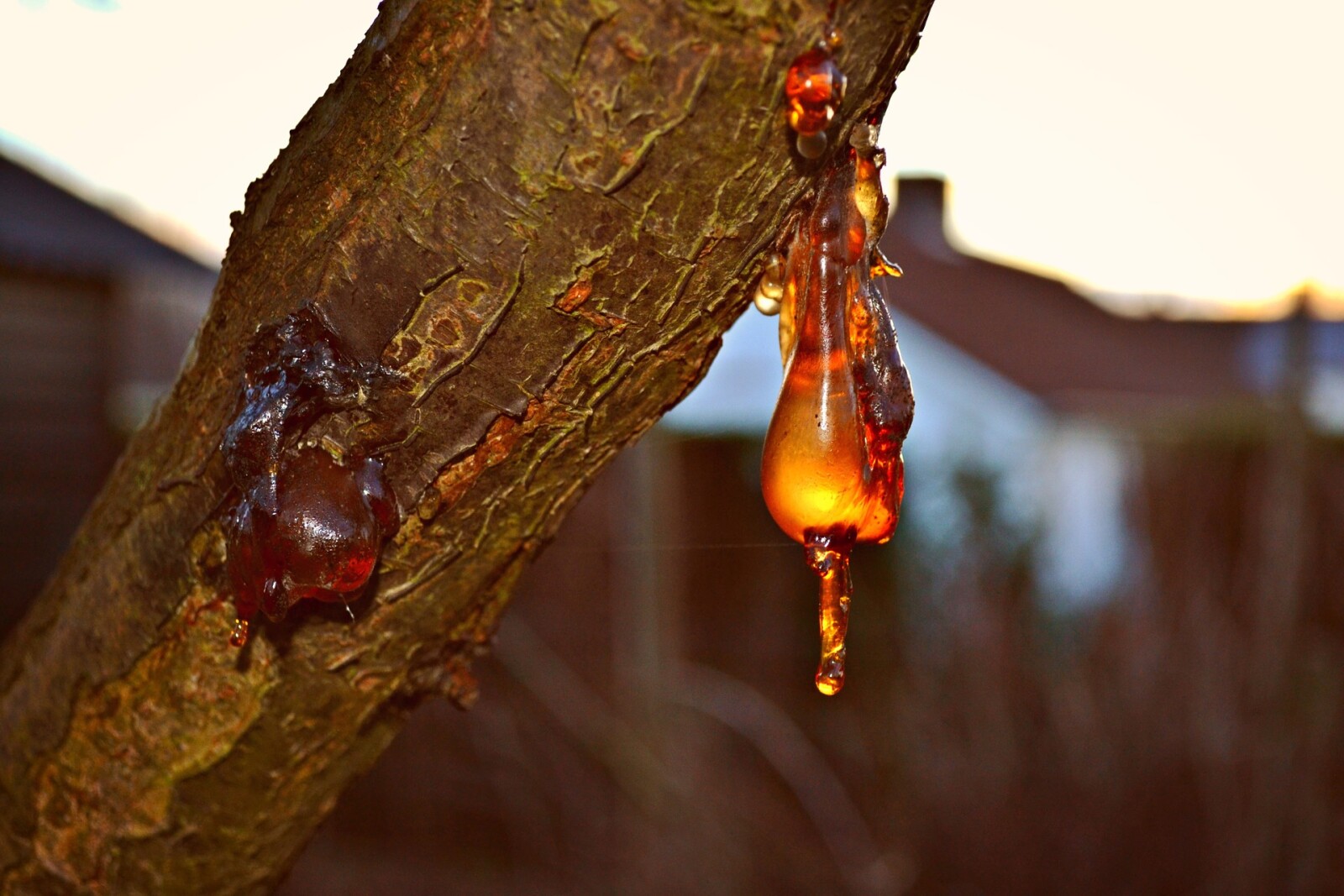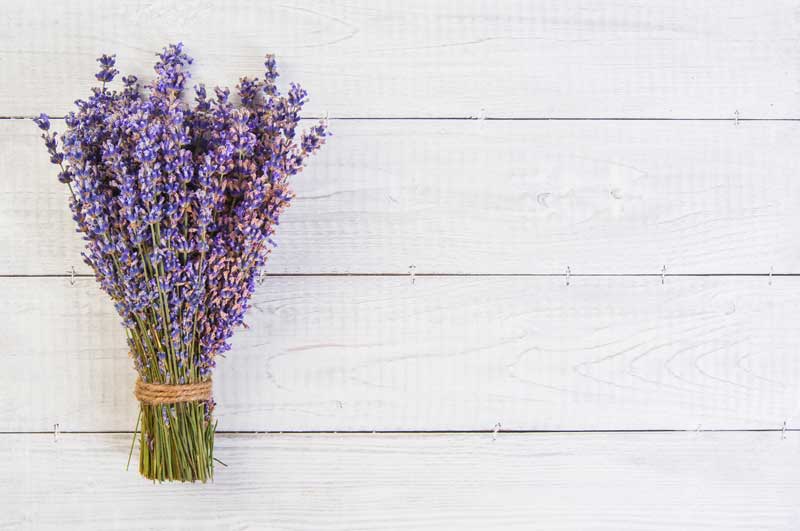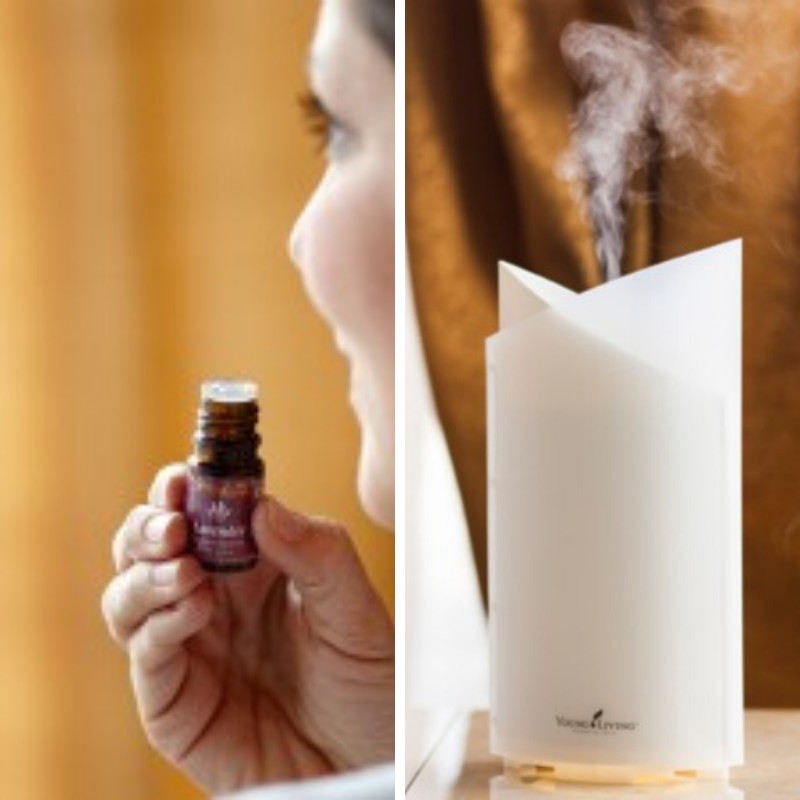
Discover the hidden risks lurking behind the charm of scented candles and explore a healthier, more enriching alternative with essential oils and diffusers. As candles release harmful toxins and synthetic additives, embracing the pure and natural allure of Young Living essential oils can transform your home into a sanctuary of wellness and tranquility. Enjoy the peace of mind that comes with toxin-free aromas, customizable blends, and the therapeutic benefits of nature, all while making a more sustainable and safe choice for your living space. Delve into the journey of better breathing, enhanced mood, and an invigorated atmosphere with essential oils, and see how this switch can redefine your aromatic experience. Ready to embark on this transformative path? Start your aromatic journey to wellness today!
Read more...
Hello, fellow dog lovers! 🐾 As a Young Living Brand Partner and essential oil enthusiast, I know how important it is to keep our furry family members safe while enjoying the benefits of these natural wonders.
Essential oils are powerful plant-derived compounds that can support well-being, but dogs have unique sensitivities. To ensure their safety:
- **Choose Quality Oils:** Always opt for 100% pure, unadulterated options like those from Young Living, which prioritize potency and safety without harmful additives.
- **Introduce Gradually:** Let your dog sniff the oil from a distance first and watch for reactions—dogs' senses are far stronger than ours!
- **Diffuse with Caution:** Use a few drops in a well-ventilated space and monitor for signs of discomfort, always giving your pet an easy exit.
- **Avoid Certain Oils:** Stick to gentle ones like lavender or frankincense, and steer clear of potentially harmful options.
Remember, every dog is different, so observe closely and consult a veterinarian before use. For more tips or personalized advice, reach out..
Stay safe and well-scented!
*Disclaimer: This is for educational purposes only and not a substitute for professional veterinary advice.*
---
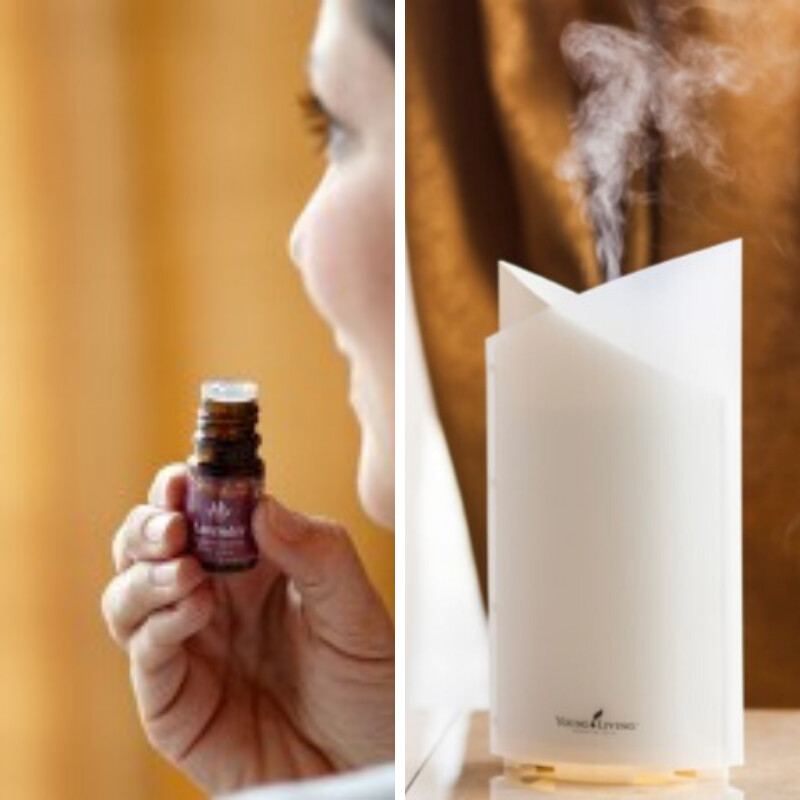
Unlock the natural power of essential oils with the art of aromatherapy. Transform your daily routine into an aromatic journey that enhances well-being, balance, and vitality. Imagine coming home to a soothing sanctuary, where stress melts away and rejuvenation begins. Dive into the world of aromatherapy and let nature's gifts support a healthier, more vibrant you.

Struggling with acne can feel overwhelming, especially when traditional treatments fall short or come with unwanted side effects, leaving many searching for gentler alternatives. Discover how a holistic approach can address the root causes of breakouts, from hormonal influences to everyday lifestyle factors, without harsh chemicals. Young Living essential oils offer promising natural solutions to soothe and support clearer skin, blending seamlessly into your routine for noticeable results. By incorporating simple changes like mindful diet and stress management, you can pave the way for healthier, radiant skin. Dive deeper into these effective strategies and transform your skincare journey today.
Read more...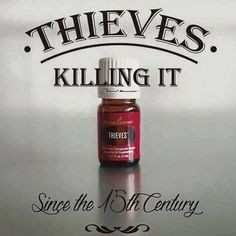
Unlock the secrets to enhancing your lifestyle with the transformative power of Young Living’s Thieves essential oil blend. Inspired by legendary spice traders, this aromatic fusion of clove, lemon, cinnamon bark, eucalyptus radiata, and rosemary offers more than just a captivating scent; it’s a must-have for supporting immune health, purifying the home, and uplifting the spirit. From its potential to bolster your immune defenses during seasonal shifts to its versatility in promoting respiratory comfort and oral health, this blend is an essential companion for those seeking a balanced and vibrant life. Dive into this guide for practical tips on integrating Thieves into your daily routine, whether you’re looking to create a natural cleaning solution or simply fill your space with its warm aroma. Discover why Thieves is cherished by essential oil enthusiasts and see how it can become an indispensable part of your wellness journey.
Read more...


